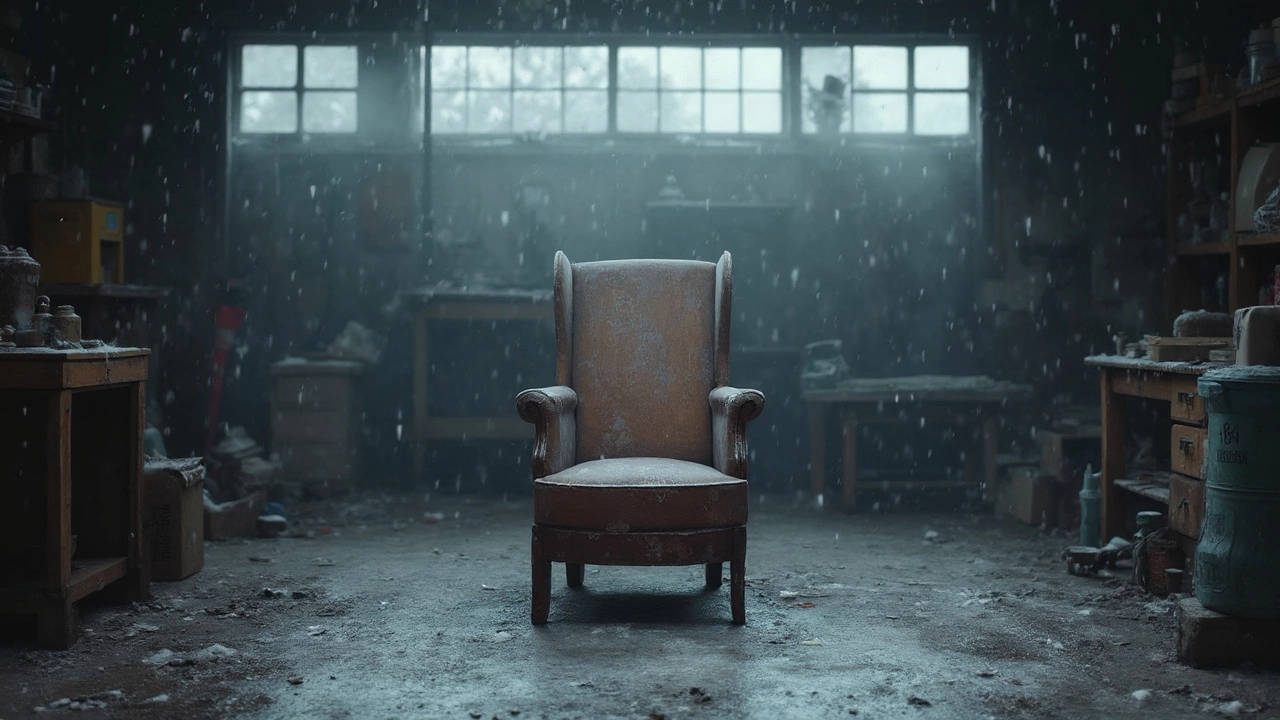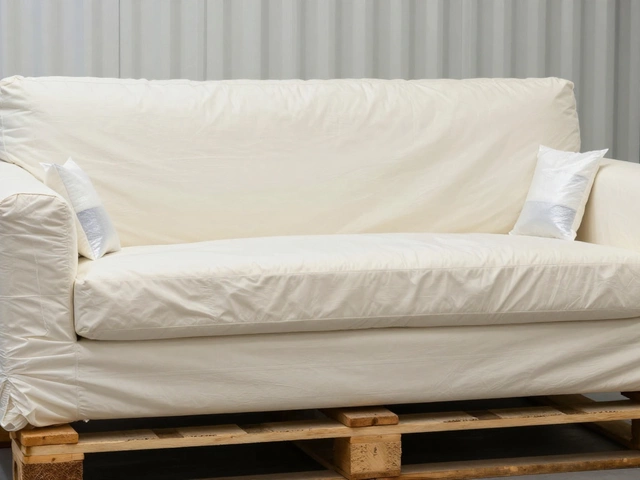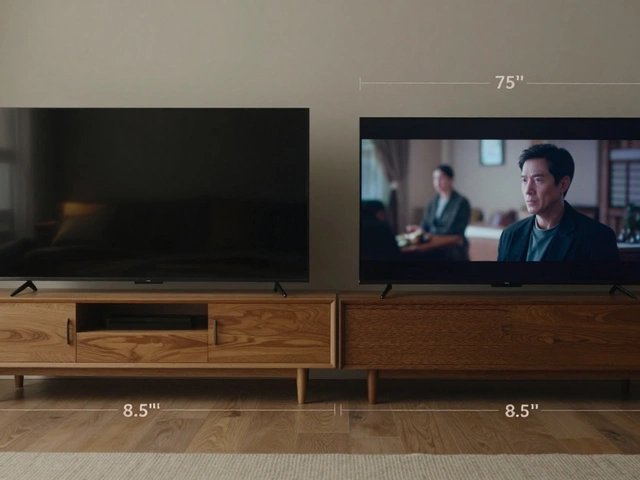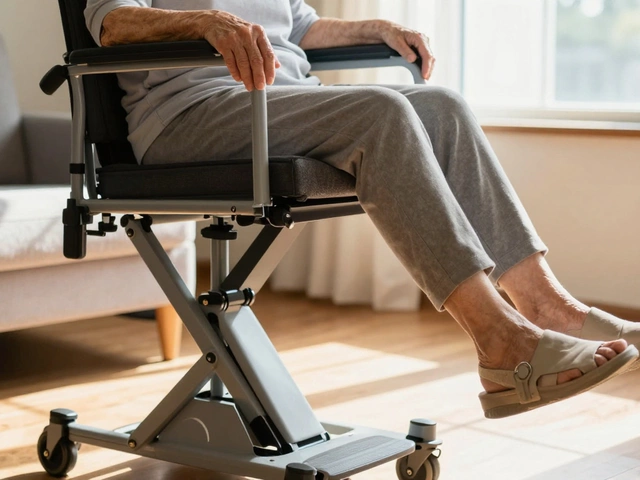Storing wood furniture in an unheated garage might sound simple—just move it, cover it, and you’re done, right? Not so fast. Cold, damp air seeps into every corner, and wood reacts in ways most folks don’t expect. Even a sturdy oak table can crack or warp when the temperature shifts suddenly. Humidity? That’s a whole other beast. Without climate control, moisture can sneak in, leading to swelling, mold, and mildew.
People often think a good tarp is enough, but even that can trap condensation against the wood. I once stored a bookshelf, thinking ‘It’ll survive winter.’ Next spring, the corners looked swollen and the veneer peeled—lesson learned. Before you haul the couch to the garage, knowing what you’re up against saves you time, money, and frustration.
- What Happens to Wood Furniture in a Cold Garage?
- Risks You Don’t Want to Ignore
- Protection Hacks to Try
- When Is It Just Not Worth It?
- Better Storage Options
What Happens to Wood Furniture in a Cold Garage?
If you put wood furniture in a space that gets as cold as your garage in winter, the changes can be pretty harsh. Wood isn’t just a block—it’s always moving, even though you can’t see it. When temperatures drop, wood contracts. If it warms up again during the day, it expands. Do this see-saw enough times, and you start getting tiny cracks, loose joints, or warped panels. Even the finish can split.
The real trouble starts when temperature swings mix with humidity. Garages aren’t sealed like houses, so the air gets damp, especially after rain or snow. Moisture seeps in, and wood acts like a sponge—swelling, turning soft, or letting mold move in if it stays wet. If you’ve ever seen legs on a table puff out or drawers stick like glue, that’s probably water damage.
Some folks think hardwoods can handle cold better than softwoods, but that isn’t usually true. Both can warp or split if conditions get rough. Pressed or veneered furniture is even more sensitive—in my own family, a veneered side table “bubbled up” and the glue failed after a single icy winter in storage.
Cold air by itself may slow down insect activity, but it won’t completely protect your piece from pests like powderpost beetles hiding in unfinished edges. And don’t forget about rust on metal parts—hinges, handles, or fasteners all take a beating in cold, damp conditions.
Risks You Don’t Want to Ignore
If you’re thinking about storing wood furniture in an unheated garage, here’s what you’re really signing up for. Extreme temperature swings mess with wood in a big way. When it gets cold, wood contracts; when it heats up, it expands. Over months, this back-and-forth leaves you with split joints, warped shelves, and doors that never quite close again.
Humidity is even sneakier. Wood soaks up moisture from humid air like a sponge, and when the air dries out, that moisture escapes, leaving the wood swollen one week and shrunk the next. This constant change is a recipe for cracks and even mold. If the garage floor sweats or leaks after rain, forget about it—your furniture could end up with water stains or even rot.
Here’s a quick overview of what might happen if you store wood furniture in an unheated garage:
- Warping: Furniture starts to bend or twist out of shape, especially table legs and cabinet doors.
- Cracking: Sudden cold snaps and dry air force wood to split apart.
- Peeling and Delamination: Veneers and glued joints loosen and peel, making the whole thing look sloppy.
- Mold and Mildew: When things get damp, these pop up fast—sometimes in a matter of weeks.
- Rust on Hardware: Any screws, hinges, or handles are at risk if they aren’t stainless or protected.
Take a look at some real stats on how temperature and humidity can hit wood hard:
| Condition | Risk Level | Problem Usually Seen |
|---|---|---|
| Below 40°F (4°C) | High | Cracking, joint separation |
| Above 75% Humidity | Very High | Mold, swelling, mildew |
| Repeat Freeze-Thaw | Severe | Separation, warping |
| Condensation or Leaks | Extreme | Rot, surface stains |
You might think you’re saving space in the house, but you can easily trade that for repairs and replacements that cost way more than you planned. If you’ve got family pieces or anything with real value, the garage is a gamble.

Protection Hacks to Try
If you’re set on keeping wood furniture in an unheated garage, you’ll need a solid plan. Wood doesn’t like swings in moisture and temperature, so you’ll have to guard it from both if you want it looking good next spring.
- Seal and Finish: Apply a fresh coat of sealant or polyurethane to your wood furniture. This creates a barrier against moisture, slowing down absorption that causes swelling or warping. Even basic wax polish helps if you’re in a pinch.
- Wrap Smart: Avoid plastic wraps that trap water vapor. Instead, use breathable covers like old cotton sheets or furniture blankets. These let air move, cutting down on moisture build-up and letting the wood “breathe.”
- Elevate Off the Floor: Set furniture on wood blocks or bricks. Cold concrete floors wick up moisture—raising pieces keeps them dry. I always toss a cheap wood pallet under anything I care about.
- Control Humidity (Even a Little): A bucket of silica gel or a basic dehumidifier does wonders, especially in wet climates. Even kitty litter can soak up some dampness.
- Regular Checks: Don’t just “set and forget.” Pop in every couple of weeks. Feel for dampness or mold. If things look off, dry them out with a space heater or bring them indoors sooner than later.
Here’s how bad it can get if you ignore humidity:
| Condition | Relative Humidity (%) | Wood Damage Risk |
|---|---|---|
| Very Dry | <30 | Cracking, shrinkage |
| Ideal for Storage | 40-55 | Low |
| Humid | 60+ | Warping, mold, swelling |
Focusing on controlling wood furniture exposure to moisture is key. These steps might sound simple, but skipping any of them means taking a gamble with your stuff. Put in a bit of work now, and your furniture will thank you—no nasty surprises when the seasons change.
When Is It Just Not Worth It?
Some wood furniture just shouldn’t go in an unheated garage—no matter how much floor space you have. If we’re talking about antiques, family heirlooms, or anything with sentimental value, garage storage is basically asking for trouble. Temperature swings can split tabletops, and moisture can ruin finishes that took years to develop. Veneers and plywood are even more sensitive than solid hardwood and can peel or bubble quicker than you’d expect.
If you dropped serious cash on that dining table or the piece is made from something fancy like walnut or cherry, the risk goes up. For high-end or sentimental pieces, the possibility of warping, mold, or insect damage just isn’t worth it. Cheaper, mass-produced furniture from big box stores can usually handle a little more abuse, but even then—don’t expect it to come out looking the same way it went in.
- If furniture is already damaged (cracked, peeling, warped), the cold and humidity in a garage will just make it worse.
- If your garage has regular water leaks, stays damp, or gets below freezing in winter, skip storing anything you care about.
- Pieces with soft woods like pine or fir are even less likely to survive the freezing-cold garage drama without problems.
To put numbers on it, studies show that wood gets risky above 60% humidity, and most unheated garages hover between 60–90% in the winter depending on location. Temperatures below 32°F (0°C) can trigger shrinkage. Here’s a quick breakdown:
| Condition | Garage (Unheated) | Recommended For Wood |
|---|---|---|
| Humidity | 60–90% | < 50% |
| Temperature in Winter | 10–45°F (–12 to 7°C) | 60–80°F (15–27°C) |
If your garage is a freeze-box half the year and you can see your breath inside, don’t count on wood furniture making it out unscathed. Sometimes, taking risks just isn’t worth what you’ll lose.
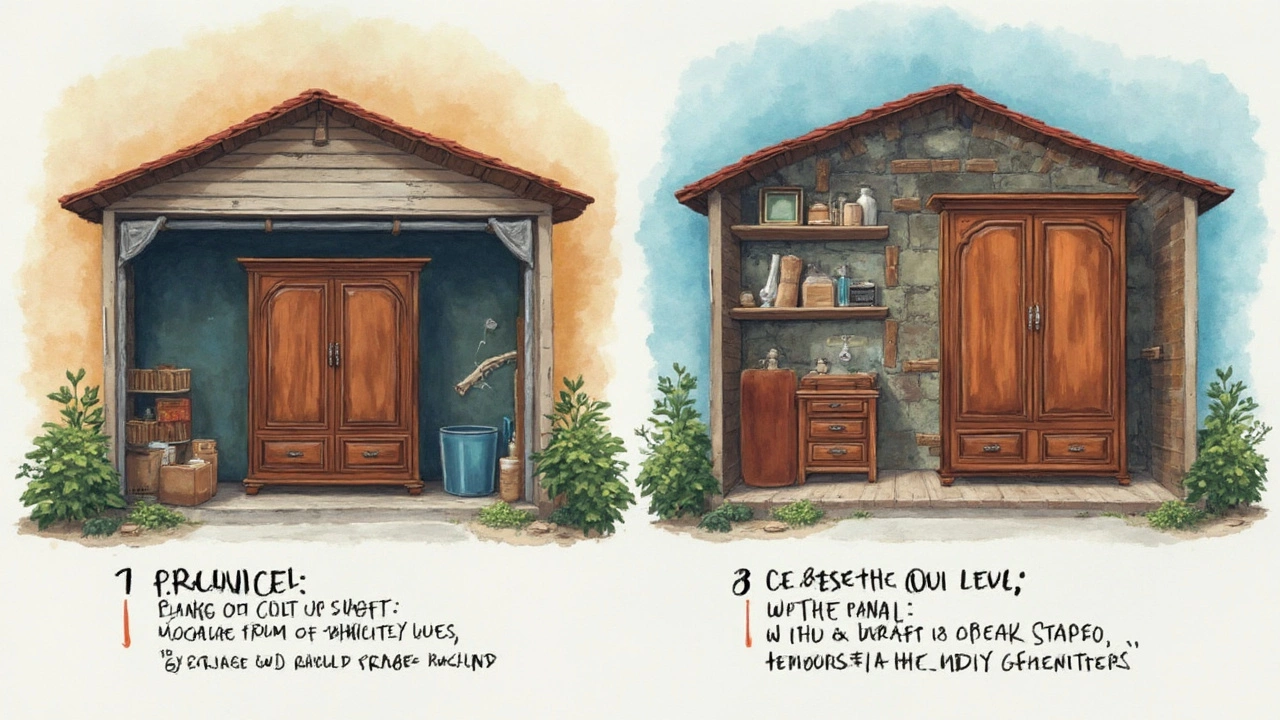
Better Storage Options
Okay, if your unheated garage is more like an icebox in winter and a sauna in summer, what’s the next move for your wood furniture? You’ve got some solid alternatives that keep your stuff in great shape and avoid future headaches.
First option: bring it inside the house. Even a spare room or dry basement is an upgrade. Wood likes places where people are comfortable—stable temperature and not too much moisture. If that’s not happening with your current setup, self-storage units are a popular pick. According to the Self Storage Association, climate-controlled units now make up about 25% of the self-storage market in the U.S. That says a lot about how folks are protecting things that matter.
"To keep furniture in its best shape during long-term storage, climate control isn't just nice—it's a must for anything with wood, leather, or fabrics," says architect and home expert Michael Lloyd from HomeCare Magazine.
Another practical trick? If you absolutely need to store it in a garage, at least improve conditions a bit. Some people use portable dehumidifiers or even cheap insulation solutions for walls and doors—this can help but won't perfectly fix wild temperature swings. No guarantees, but it beats letting the furniture face all four seasons unprotected.
Here’s how different common storage spots line up for wood furniture:
| Location | Temp Control | Moisture Risk | Long-term Suitability |
|---|---|---|---|
| Heated Room | Yes | Low | Best |
| Dry Basement | Some | Medium | Good (watch for dampness) |
| Self-Storage (Climate Controlled) | Yes | Very Low | Excellent |
| Unheated Garage | No | High | Poor |
If you don’t have a lot of climate-friendly storage at home, teaming up with a friend or family member who’s got extra space is a fair move. Just remember: the more stable and dry the spot, the better those bookshelves or tables will look when you bring them out again.

